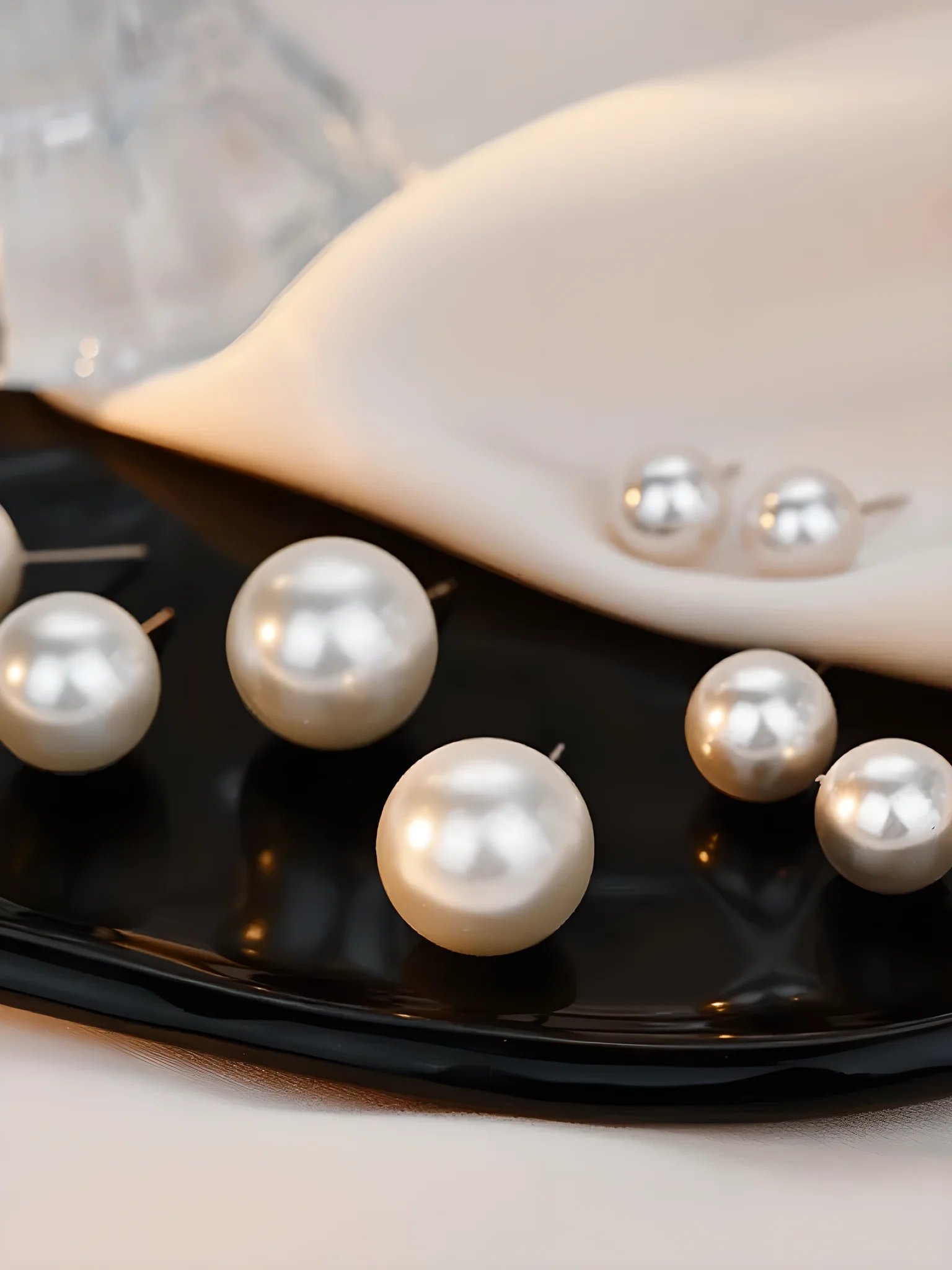When Does Pearl Take Place? Discovering Nature’s Hidden Gem

Have you ever marveled at the iridescent glow of a pearl necklace and wondered about its origin? How does something so exquisite come from nature’s depths? In a world fascinated by beauty, pearls stand out as timeless treasures, revered for their elegance and allure. But when do pearls form, and what does that really mean? Let’s dive into the ocean of knowledge and explore the enthralling story of pearl formation.

The Birth of a Pearl: Understanding the Basics
Pearls are the result of a natural defense mechanism triggered in mollusks. When an irritant, such as a small particle or parasite, enters their shell, the mollusks respond by secreting layers of nacre—a blend of aragonite and conchiolin. Over time, these layers build up to form the lustrous gem we know and cherish. According to Smithsonian Magazine, this natural process can span several years.
The Natural and Cultured Pearl Process
In the wild, this process can span several years, resulting in natural pearls that are incredibly rare and valuable. In contrast, cultured pearls are formed under human intervention, where skilled technicians implant irritants into mollusks to initiate the nacre-forming process. This controlled environment allows for higher yields and more uniform pearls.
According to Dr. Amy Smith, a marine biologist, “Understanding the delicate balance required for pearl formation enhances our appreciation for not just the gem itself, but the intricate environmental factors involved.”
When and Where: The Ideal Conditions for Pearl Formation
Pearl formation is dependent on specific conditions, typically occurring in saltwater oysters and freshwater mussels in regions such as the South Seas, Japan, and China. The World Wildlife Fund notes that the water quality, temperature, and food availability play crucial roles in cultivating these gems.
Seasonal Influences
Interestingly, seasons can also affect pearl formation. Warmer waters in spring and summer often result in more active mollusks, enhancing the rate of nacre deposition. Thus, these warmer months are pivotal for pearl farmers aiming to optimize quality and growth speed.
The Science of Beauty: Factors Influencing Pearl Quality
The quality of a pearl is influenced by several factors, including its luster, surface, shape, and color. Each of these attributes is a direct reflection of the environmental conditions and the mollusk’s health. High-quality pearls typically exhibit a mirror-like luster, smooth surface, and symmetric shape. As noted by National Geographic, these factors contribute to each pearl’s unique identity and charm.
The Role of Human Intervention
While the mystique of natural pearls continues to beckon enthusiasts, the precision of cultured pearl farming has revolutionized the market, making luxury accessible. Advances in technology and breeding have allowed for exquisite varieties, such as Akoya and Tahitian pearls, to be available globally.
Conclusion
In summary, the question “when do pearls form” unveils a deep-rooted story of nature’s wonder intertwined with human ingenuity. From their formation in nurturing waters to the artful hands that turn them into sophisticated jewelry, pearls are a testament to the harmonious dance between nature and mankind. The next time you admire a pearl, remember the complex journey it undertakes to become the timeless piece it is.
As you explore these remarkable gems, consider the blend of natural beauty and crafted elegance that defines them. Engage with the story of pearls not merely as a piece of jewelry, but as an embodiment of nature’s enduring grace.
